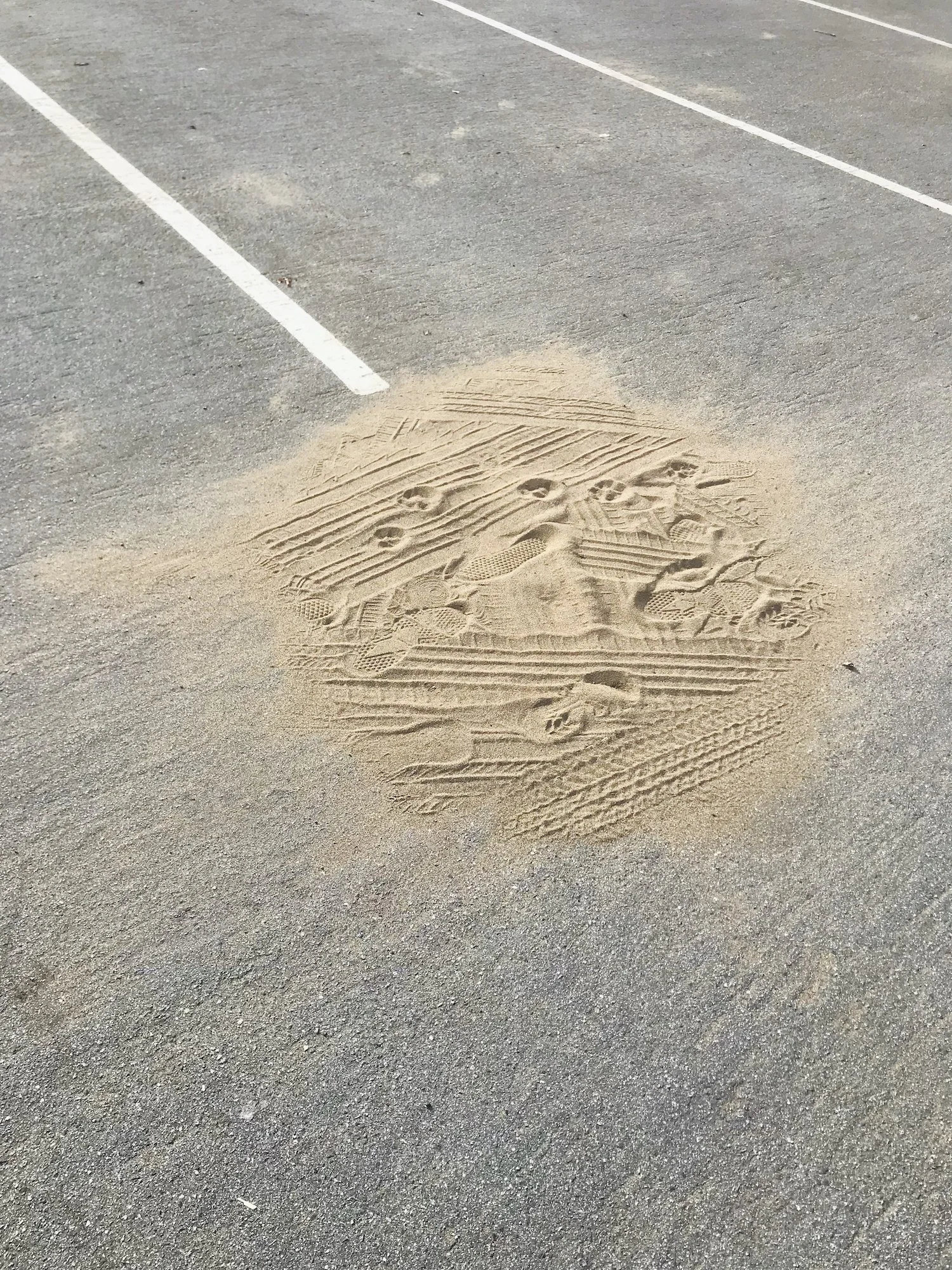Jordan Wolfson: Touch is Love
Artist portrait by Inez and Vinoodh.
Musée Magazine: What was the most challenging part of creating your robotic figures?
Jordan Wolfson: Staying calm while making it. I was enormously nervous about failing at this time in my career.
Musée: How long did it take to finish this project?
Jordan: 8 months.
Musée: With any large project, there will always be problems that need to be corrected: look-ing back were there some things that you wish you had approached differently?
Jordan: Not really. The work really rendered itself into existence. Potentially I would have like three more months to have worked on it.
Installation view, Jordan Wolfson, (Female figure), 2014, The Brant Foundation, New York © Jordan Wolfson, courtesy of the artist and The Brant Foundation 2022
Musée: These sculptures are visually complex, embodying a broad range of thought-provoking ques-tions and ideals, are there any small details that tend to get overlooked that you think should be highlighted?
Jordan: For a while I thought the dialogue I wrote was over looked, but I let that go. Artists often get attached to details in their work and that could be ego. A good artwork has some specific foundational elements that make it compelling. With this work I feel it was the eye contact through the mirror that flipped the work between subjective and objective in combination with the uncanny movement. I think without that it would have seemed less clear.
Musée: As individuals, we embody a collection of memories and experiences passed down through generations, where do you believe your reference point originates for the artwork you’ve created?
Everything I do comes from cultivating intuition and then not judging what I see
Jordan: I’m not sure. I’m sure it’s a combination of my experiences and my epigenetics. Everything I do comes from cultivating intuition and then not judging what I see.
Musée: (Female Figure) displays a model, obsessed with her own reflection, controlled by the electric signals of an unseen operator. Does she represent the modern “Instagram” model? Does the mask she wears represent who she appears to be or who she truly is?
Jordan: No. Or I don’t know. I didn’t think of it that way. I used the mask so that the element of titillation would be negated.
Musée: Control, whether being the controller or the one controlled, seems to be a central theme in your work. How do you think you have been able to control the narrative of your own work?
Jordan: I’ve told the truth about my intentions in the media. A lot of it may sound strange to someone who thinks differently or rationally to someone who thinks similarly. I guess it doesn’t matter. This project is a gift first to myself because I love art so much, then it’s for the audience second. With each work I’ve gotten a chance to get to know a different part of myself.
Musée: Oftentimes animated shows can dive into darker subject matter with their characters because there is a clear separation between real and artificial life. Do you believe it is easier for the audience to accept the uncomfortable themes of your pieces by creating physical animated vessels for your ideals to live within?
Jordan: Yes. I think when the subject matter and/or central form is representation that is distorted it can carry challenging and complex subject matter more easily.
Musée: Since the creation of the (Female Figure), new types of Artificial Intelligence have altered the artistic landscape, forcing the art community to ask its creators, what is art? And where does artificial and physical art intersect and divide?
Jordan: I can’t answer that. I just don’t know.
Installation view, Jordan Wolfson, (Female figure), 2014, The Brant Foundation, New York © Jordan Wolfson, courtesy of the artist and The Brant Foundation 2022
Installation view, Jordan Wolfson, (Female figure), 2014, The Brant Foundation, New York © Jordan Wolfson, courtesy of the artist and The Brant Foundation 2022
Installation view, Jordan Wolfson, (Female figure), 2014, The Brant Foundation, New York © Jordan Wolfson, courtesy of the artist and The Brant Foundation 2022
Musée: Given the strides of DALL*E 2, and the creation of digital artwork by computer programs, the future of constructing original artwork is available to anyone. What do you believe will be the consequences of this new technology?
Jordan: I think you’ll have an artist who can truly harness it in ways that are surprisingly obvious and profound. It makes me think of Ryan Trecartin or Wade Guyton who took emerging technologies and made something new.
Musée: Will the world always need human artists to help create worlds? Even though they are not physical paintings, aren’t digital realties just as imaginative, if not more so given the infiniteness of the digital landscape?
Jordan: I can’t answer this. For me art is art and it’s always made from the times the artists live in.
FIN
Installation view, Jordan Wolfson, Colored sculpture (2016) The Tanks, Tate Modern, London
Installation view, Jordan Wolfson, Colored sculpture (2016) The Tanks, Tate Modern, London














